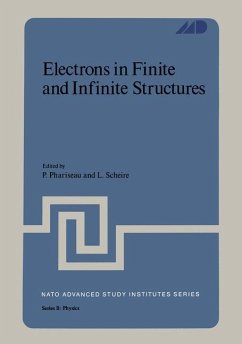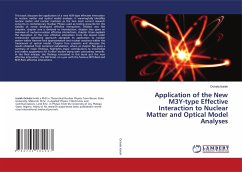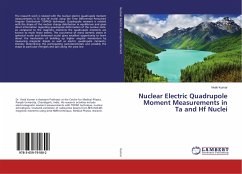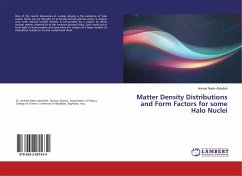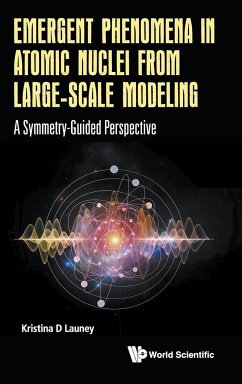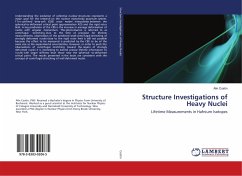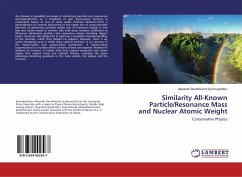
Infinite Nuclear Matter Model of Atomic Nuclei
Versandkostenfrei!
Versandfertig in 6-10 Tagen
52,99 €
inkl. MwSt.

PAYBACK Punkte
26 °P sammeln!
This book deals with some perennial problems in nuclear physics originating from the traditional picture of the nucleus as a classical liquid drop. It has introduced a relatively new model called Infinite Nuclear Matter Model in which the classical liquid has been replaced by quantum mechanical many-fermionic liquid in accord with the true nature of the matter contained in the nucleus. The model is based on a many-body theoretic foundation with the generalized Hugenholtz-Van Hove theorem playing the pivotal role. Thus the two main features of nuclear dynamics namely, the liquid and shell featu...
This book deals with some perennial problems in nuclear physics originating from the traditional picture of the nucleus as a classical liquid drop. It has introduced a relatively new model called Infinite Nuclear Matter Model in which the classical liquid has been replaced by quantum mechanical many-fermionic liquid in accord with the true nature of the matter contained in the nucleus. The model is based on a many-body theoretic foundation with the generalized Hugenholtz-Van Hove theorem playing the pivotal role. Thus the two main features of nuclear dynamics namely, the liquid and shell features are taken into account non-perturbatively at a microscopic level. Besides solving the long standing problem of the saturation properties of infinite nuclear matter using the nuclear masses only leading to the resolution of r0 -paradox, it has succeeded in determining the incompressibility in a more or less model independent manner following an Ab initio method with the input of nuclear ground state properties only. The model has given rise to a mass formula for nuclei with unique success in predicting unknown masses and unraveling new nuclear phenomena.




